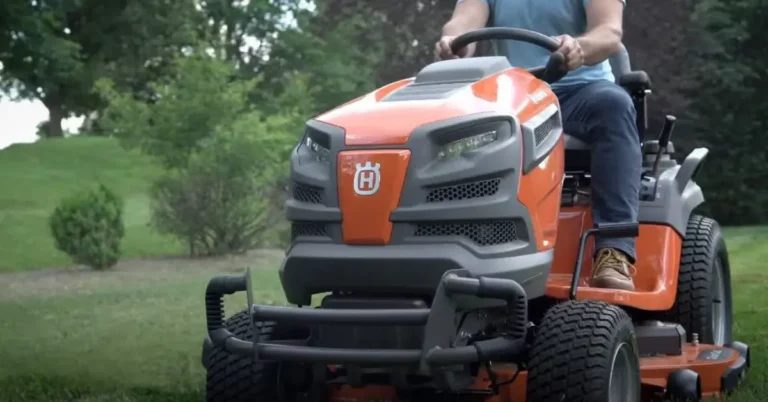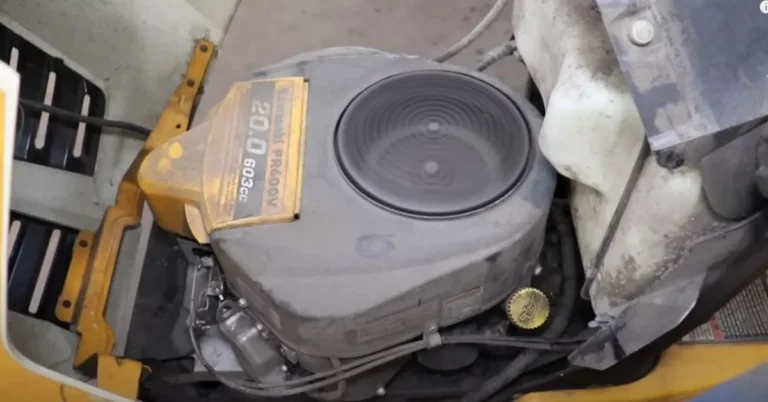John Deere 180 Transmission Problems – How To Fix Them?
Are you facing John Deere 180 transmission problems? The John Deere tractor family is known to have problems with their components after they have been used for some time.
The John Deere 180 has some common transmission problems, such as slipping, leaking, and difficulty shifting, that can be addressed with proper maintenance and repair.
In this comprehensive guide, I will explore various transmission problems owners may encounter and provide practical solutions to overcome them.
Let’s get started.
List of Top 4 John Deere 180 Transmission Problems
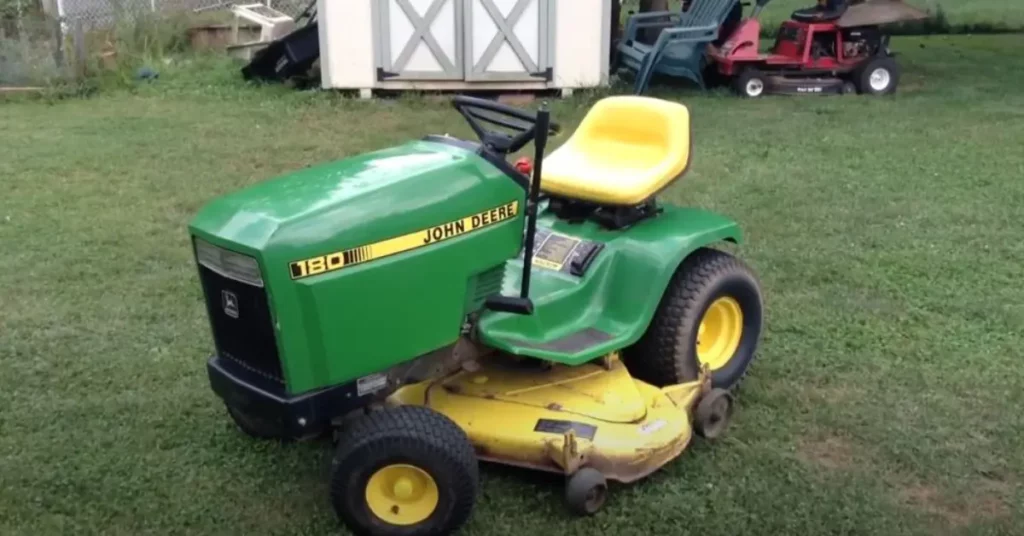
1. Gear Shifting Issues
Sometimes, owners may encounter gear-shifting issues that hinder the tractor’s performance. Here are common gear-shifting problems and potential solutions that you can fix.
Problems
- Difficulty in smoothly shifting through gears.
- Strange noises during gear changes.
- Gears are slipping out of their position.
- Being unable to change into some gears.
Solutions
- Examine the level of the transmission fluid. Top it up or replace it if necessary.
- Look for any leaks and fix them.
- Ensure the transmission components are regularly lubricated per the manufacturer’s recommendations.
- Check that the clutch pedal is properly adjusted.
- Check for damage to the clutch components. Replace if necessary.
- Inspect the shift linkage and cables for damage, misalignment, or excessive wear.
- Adjust or replace shift linkage components as needed.
- Oil the linkage and cables to get smooth operation.
2. Transmission Slippage
Transmission slippage in tractors can greatly affect their performance and efficiency.
If you notice that the tractor’s transmission is slipping, it’s essential to identify the cause and take appropriate measures to resolve the issue.
Symptoms
- Loss of power and reduced acceleration.
- The engine throttles but doesn’t accelerate.
- Difficulty maintaining a consistent speed.
- The transmission gives off a burning smell.
Solutions
- Ensure the transmission fluid level is within the recommended range. Top up or replace if necessary.
- Use the correct type of transmission fluid as specified by the manufacturer.
- If you find any damaged clutch plates or bands, replace them.
- Consult a qualified technician or John Deere service center for proper diagnosis and replacement.
- Faulty shift solenoids or sensors can disrupt proper gear engagement. Have them diagnosed and replaced if needed.
By addressing transmission slippage issues promptly and following regular maintenance practices, you can ensure optimal performance and longevity of your John Deere 180 tractor.
3. Fluid Leaks
Fluid leaks in the transmission of a John Deere 180 can lead to various issues, including reduced performance, damage to components, and potential breakdowns.
Fluid leaks must be identified and repaired immediately to avoid further damage.
Symptoms of Fluid Leaks
- Puddles or spots of fluid underneath the tractor.
- Low fluid levels in the transmission.
- Having trouble shifting gears (takes effort).
- Overheating of the transmission.
Solutions
- Inspect the transmission and surrounding areas for signs of fluid leakage.
- Look for wet or oily spots, traces of fluid drips, or visible damage.
- If the gaskets are getting damaged, they must be replaced.
- Tighten any loose fittings and ensure proper alignment.
- You may need to replace the transmission housing if it is cracked or damaged.
- Examine the transmission cooler lines for signs of damage or leaks.
- Replace any worn-out or damaged lines to prevent fluid leakage.
- Inspect the transmission regularly for signs of leaks and address them promptly.
4. Overheating
Overheating is an eye-opening problem in transmitting a John Deere 180 tractor.
It can lead to severe problems, like damage to internal components and potential breakdowns. Addressing the problem of overheating is crucial to maintaining the optimal functioning of the transmission.
Also Read: John Deere 100 Series Transmission Problems – (Fixed)
Symptoms of Overheating
- Elevated temperature gauge reading.
- Burning smell or unusual odors.
- Sluggish or jerky transmission operation.
- Warning lights or indicators related to high temperature.
Solutions
- Check that the transmission fluid level is topped off as specified in the owner’s manual.
- Check the transmission fluid cooler or radiator for dirt, debris, or clogs.
- Clean the cooling fins using compressed air or a soft brush to improve heat dissipation.
- Check that the cooling fan is working properly.
- Look for any damage that might prevent it from operating properly.
- Replace a faulty fan or repair any issues with the fan belt.
- The clutch and other internal transmission parts, such as the gears, should be replaced if they are found to be damaged.
- To avoid overheating, keep the transmission clean and free of debris.
John Deere Hydrostatic Transmission Problems – (Fixed)
Maintenance Tips for the Transmission
Regular maintenance is a must to ensure the long-running and optimal performance of the transmission in your John Deere 180 tractor.
You can try these maintenance tips to keep your transmission in the best shape:
1. Check Transmission Fluid Levels
- Regularly inspect the transmission fluid level according to the manufacturer’s recommendations.
- If the transmission fluid level is low, fill it with the recommended type.
2. Change Transmission Fluid
- Follow the manufacturer’s guidelines for the recommended transmission fluid change intervals.
- Over time, the transmission fluid will lose effectiveness, so regular fluid changes are necessary to maintain optimal performance.
3. Inspect and Replace Filters
- Check and clean or replace the transmission filter regularly if you need to.
- Transmission issues can result from dirty filters restricting fluid flow.
4. Inspect and Adjust Drive Belts
- Regularly inspect the drive belts for wear, cracking, or stretching.
- Replace any damaged belts promptly to prevent slippage or other transmission problems.
5. Lubricate Linkages and Controls
- Keep the transmission’s linkages and controls properly lubricated for easy and quick shifting.
- Use lubricants that the manufacturer suggests.
You can keep the transmission in top condition, lower the chance of issues, and guarantee the best operation by following routine maintenance recommendations.+
Frequently Asked Questions (FAQs)
How to know if my John Deere 180 tractor has low transmission fluid?
Some common signs of low transmission fluid include difficulty shifting gears, slipping or jerky movements, and unusual noises during operation.
Check the fluid level in the system and add more if necessary if you experience these symptoms.
How often to change the transmission fluid in John Deere 180 tractor?
The recommended transmission fluid change interval can vary depending on usage and operating conditions. Normally, it is recommended after a 100-hour use.
If you need to change the fluid before this period, something might be wrong with your transmission system or tractor.
What to do if fluid leaks from my John Deere 180 transmission?
Fluid leaks can indicate a problem with gaskets, seals, or other components in the transmission system.
This shows that your tractor’s transmission system might not be perfect. To stop further damage, you must address these leaks right away.
Conclusion
Addressing transmission problems in your John Deere 180 tractor is essential for its optimal performance and long-running.
By understanding and resolving issues promptly and following regular maintenance, you can maintain a reliable and efficient transmission system, resulting in productive operation in the field.

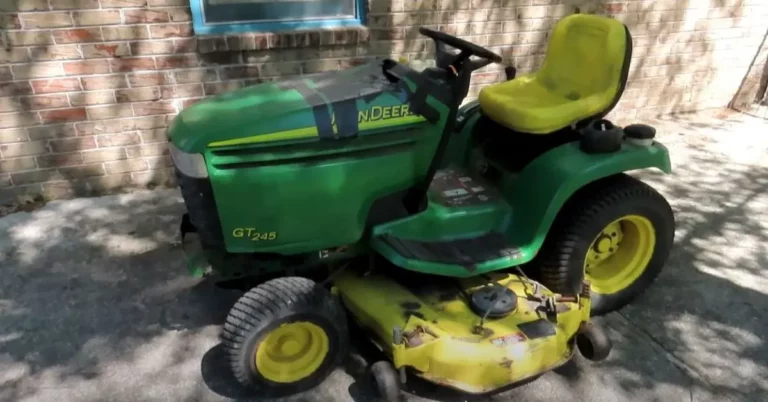
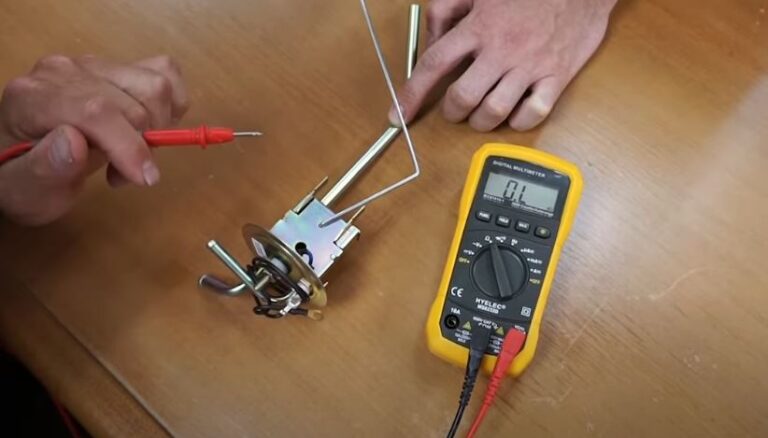
![7 Common Kubota Zero Turn Mower Problems [Fixed]](https://yardcurator.com/wp-content/uploads/2023/01/7-Common-Kubota-Zero-Turn-Mower-Problems-Fixed-768x385.webp)
